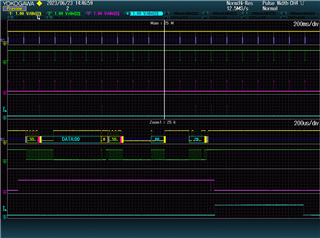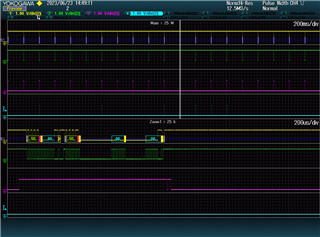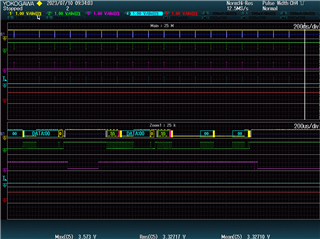1. Is it possible for INITCOMP to go low after going high? (other than reset)
2. INITCOMP output goes H when the OCV, T, and I measurements are stable, but is there a case (as question 1) where the INITCOMP output is not stable, especially at low temperatures, or does it take a long time for the INITCOMP to set?
Regards,
Kagawa
-
Ask a related question
What is a related question?A related question is a question created from another question. When the related question is created, it will be automatically linked to the original question.





